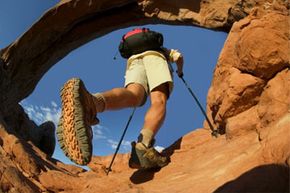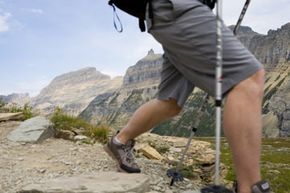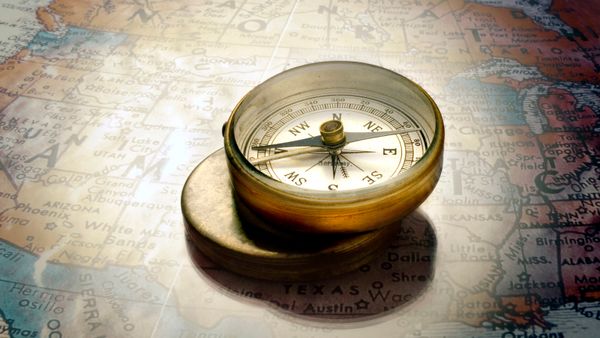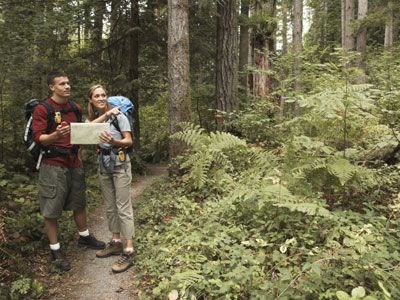Hiking can evoke a number of positive sensations and images: the crunch or scuffle of boots; the call of birds; the hum of insects; the smell, carried upon the wind, of flowers and trees. Additionally, doctors tell us hiking improves heart health and removes fats and sugars from the blood [sources: Russell].
But when you come right down to it, hiking is simply walking for pleasure and exercise in the great outdoors. It is cheap, convenient, scalable to any fitness level and adaptable to desired activities.
Advertisement
Technically, hiking requires no special gear. However, it tends to be more physically demanding than walking, both because it takes place in the outdoors and because it typically involves rougher terrain -- everything from rocky paths to unstable hills to steep climbs. This quality of hiking is hinted at by the word itself, which is probably derived from the Middle English word hicchen ("hitch"), meaning "to move jerkily."
Although you can in principle hike naked (and some do), there are basic items no hiker should be without. Moreover, the more you ramp up your activity level, forge into less hospitable terrain, alter your hiking goals or join in some of the more demanding hiking variants -- such as rock climbing, scrambling or mountaineering -- the more specialized equipment you will need.
In this article, we will look at the gear you'll need to get the most out of your hike. First up: what you should wear.
Advertisement



